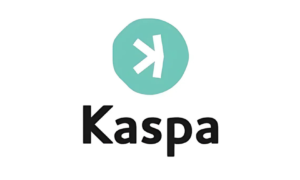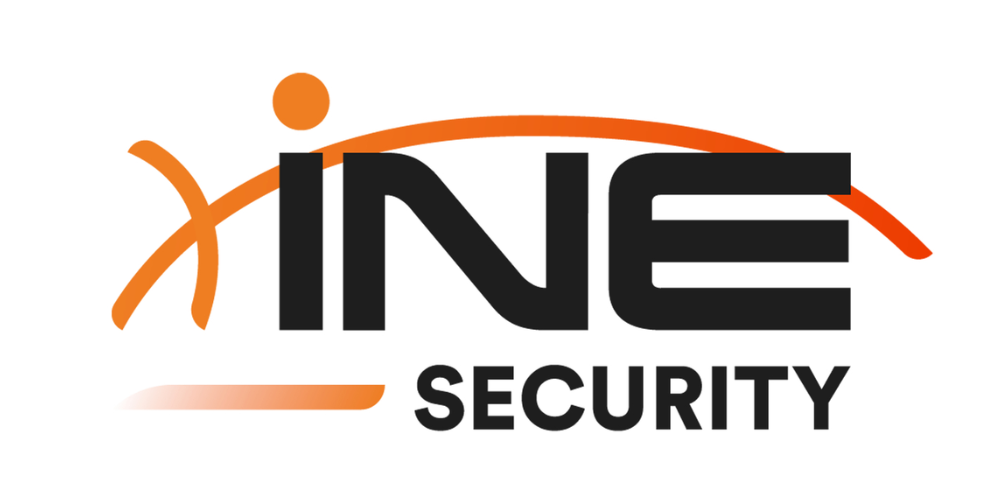In recent years, the term “Financeville CraigScottCapital” has emerged in online financial discourse. Some portray it as a cutting‑edge fintech platform blending education, advisory, and investment; others treat it as a cautionary symbol tied to regulatory failures. This article aims to separate fact from fiction by tracing its inception, examining regulatory actions, exploring alleged modern reinventions, and providing practical lessons for investors and learners. Drawing from reliable sources, we explore what truly defines Financeville CraigScottCapital today and why it matters.
2. Historical Origins of Craig Scott Capital
Founded in 2011 or 2012, Craig Scott Capital, LLC was a licensed broker-dealer with its headquarters located in Uniondale, New York. From around January 2012 through December 2014, the firm, led by Craig Scott Taddonio and Brent Morgan Porges, promoted a high‑turnover trading culture—encouraging brokers to recommend frequent short‑term trades timed with earnings announcements. This generated substantial commissions—over $5 million—while clients suffered losses exceeding $9 million, thanks to annualized turnover rates above 200% and cost‑equity ratios over 800% .
In September 2017, the Financial Industry Regulatory Authority (FINRA) officially expelled Craig Scott Capital from the securities industry for severe compliance failures, including fraudulent churning and supervisory lapses . The actions also extended to banning principals from regulated practice.
Thus, historically, Craig Scott Capital was known for aggressive, unsuitable trading and ultimately faced permanent regulatory expulsion.
3. The Emergence of “Financeville CraigScottCapital”
Despite the dissolution of the original firm, the name “Financeville CraigScottCapital” continues to appear online. Some blog posts describe it as a modern platform combining financial education (Financeville) and advisory/wealth services (CraigScottCapital).
For example, certain sites present Financeville CraigScottCapital as a synergy offering interactive budgeting tools, VR simulations, AI‑driven portfolios, ethical wealth management, gamification, and microloans to underserved communities . According to these presentations, contemporary innovation—such as blockchain, machine learning, virtual reality, and biometric security—is incorporated for a comprehensive range of clients, from beginners to high-net-worth individuals.
However, investigative summaries suggest the name is often repurposed by unrelated content publishers rather than an operational entity directly connected to the original firm .
4. Dissecting the Conflicting Narratives
4.1 Regulatory Reality vs. Promotional Claims
On one side, official records clearly document a firm expelled in 2017 for misconduct. On the other, websites portraying modern Financeville CraigScottCapital offer glossy features—ethical investing, financial literacy tools, technological innovation. Yet they lack verifiable registration or credibility; there’s no evidence these sites are backed by licensed financial operators.
4.2 Domain Marketing and Name Recycling
Investigations show the brand name is sometimes used for search‑engine optimized articles, affiliate content, or speculative commentary about finance. That reuse can mislead users into thinking there’s an active platform behind it. Craig Scott Capital shuttered in 2017, however the name Financeville CraigScottCapital still in use, according to one report. This is confusing.” .
4.3 Confusion, Risk, and Consumer Protection
This dual narrative poses potential risks: uninformed visitors encountering modern‑sounding claims may assume legitimacy without verifying registration. Given the original firm’s regulatory history, trust should be withheld unless hard evidence of licensing and oversight emerges.
5. What Went Wrong: FINRA Findings
5.1 Details of Churning and Unsuitable Trading
The central violations involved fraudulent churning— frequent trades executed to generate commissions without client benefit. Brokers reportedly placed trades timed with events like earnings but often sold quickly, harming long‑term returns .
Turnover rates exceeding 200% meant portfolios were turned over multiple times yearly. Combined with cost/equity ratios exceeding 800%, clients faced heavy transaction costs. Despite earning over $5 million in commissions, Craig Scott Capital lost over $9 million on net customer portfolios.
5.2 Lack of Supervision and Record‑keeping
FINRA’s complaint highlighted systemic failures in supervision, including failure to oversee broker activity and inadequate record‑keeping of trades and client communications. This undermined any compliance controls, allowing misconduct to continue unchecked .
5.3 Consequences for the Firm and Individuals
As a result, FINRA expelled Craig Scott Capital and imposed disciplinary sanctions on the principals. The firm lost its license permanently; individuals were barred from securities industry participation. The penalties underscore the severity of violations .
6. The Modern Rebranding: Fact or Fiction? 6.1 Marketing Narratives of a Hybrid Platform
Multiple recent blog posts (June–July 2025) frame Financeville CraigScottCapital as a fintech fusion: digital tools and VR learning (Financeville) feeding into professional investment advisory (CraigScottCapital). They advertise AI portfolio builders, ESG investing, blockchain security, and global financial inclusion initiatives .
6.2 Skepticism and Lack of Verifiable Credentials
None of these modern descriptions provide verifiable licenses, audited financial services, or registrations with SEC / FINRA. Domains using the name appear generic, content‑driven, or promotional, often lacking transparency about ownership or legal entity. Independent reviews point out the possibility of confusion marketing—using the name from a defunct but once‑regulated firm to gain traffic .
Thus, it appears there is no operational, regulated platform currently under that name performing brokerage or advisory activity with oversight.
6.3 Ethical and Security Claims—Unverified
Claims such as blockchain‑secured transactions and biometric logins remain unverified. The promotional articles offer no technical or audit reports. Without a publicly‑regulated corporate structure or transparent leadership, these claims should be regarded with caution.
7. Key Lessons and Investor Safeguards
7.1 Always Verify Registration
Before engaging with any financial services, check the firm’s name on official regulatory platforms such as FINRA (BrokerCheck) or the SEC’s investment adviser search. In this case, Craig Scott Capital was formally expelled in 2017, so any current offering under its name must be treated as unregulated unless proven otherwise.
7.2 Beware of Name Recycling
A defunct company’s brand name can be reused in domain names, blog articles, or affiliates. Always confirm that the entity you interact with has current registration, contactable headquarters, and is subject to oversight.
7.3 Assess Transparency and Disclosures
Legitimate firms disclose leadership, ownership, audited financials, and compliance certifications. Marketing flourishes—AI‑powered, blockchain secured, gamified tools—are compelling but not substitutes for regulatory clarity.
7.4 Learn the Warning Signs of Churning Practices
Excessive, frequent trading with high turnover and cost/equity ratios are red flags of churning—a practice once found at the original firm. Investors should ask about portfolio turnover rates, suitability assessments, and fee structures.
7.5 Seek Independent Sources and Informed Advice
If marketing appears overly polished but lacks verifiable detail, consult independent sources, financial advisors you trust, and credible institutions. Never allow FOMO‑based marketing to bypass due diligence.
8. Broader Context: What This Means for Modern Fintech
The case of Financeville CraigScottCapital illustrates broader tensions in fintech and financial marketing:
- Trust vs. Innovation: While fintech aims to democratize finance, branding must still be backed by regulatory trust.
- Regulatory Lag: Some emerging services adopt tech innovations before regulators catch up, but they must register when offering advisory or brokerage services.
- Consumer Confusion: Recycled names, affiliate content, or unregulated platforms can mislead consumers. Regulators and consumer‑advocacy groups warn against self‑appointed finance platforms without oversight.
- Education‑advisory blending: Many firms now combine financial literacy tools with paid advisory services. That is legitimate—as long as each layer complies with regulations and disclosure norms.
9. Conclusion (≈200 words)
The name Financeville CraigScottCapital remains fascinating because it sits at the crossroads of a notable regulatory failure and a modern narrative of fintech innovation. Historically, Craig Scott Capital was expelled in September 2017 for extreme misconduct—including fraudulent churning and supervisory failures . Yet today, the brand resurfacing in digital articles may mislead users into believing in an operating, regulated entity offering investment and educational tools—claims that remain unverified .
This article offers both a cautionary history and a guide: always verify registration, assess transparency rigorously, and beware of marketing that invokes promising buzzwords without clear legal standing.
10. FAQs
- Is Financeville CraigScottCapital still active as a financial firm?
No. The original Craig Scott Capital was expelled in 2017 by FINRA and is no longer licensed to operate . Present‑day uses of the name are typically content sites or promotional blogs, not actual regulated services. - Can I invest through it today?
Unless the entity is clearly registered and licensed under that name (which credible searches show it is not), you should not invest through any site claiming to be Financeville CraigScottCapital. - Why do I still see the name online?
Publishers often reuse the name for SEO, affiliate revenue, or to discuss finance topics. This name recycling can mislead without disclaimers. - What were the violations that led to expulsion?
Violations included churning (excessive trading), unsupervised brokers, unsuitable advice, and poor record‑keeping. Combined, these caused massive client losses and regulatory penalties . - What should investors learn from this case?
Verifying regulatory status is vital. Be cautious of flashy marketing without licensing. Understand fees, turnover, suitability, and demand full disclosure before investing.
Read More About Trending At Centomagzine



































